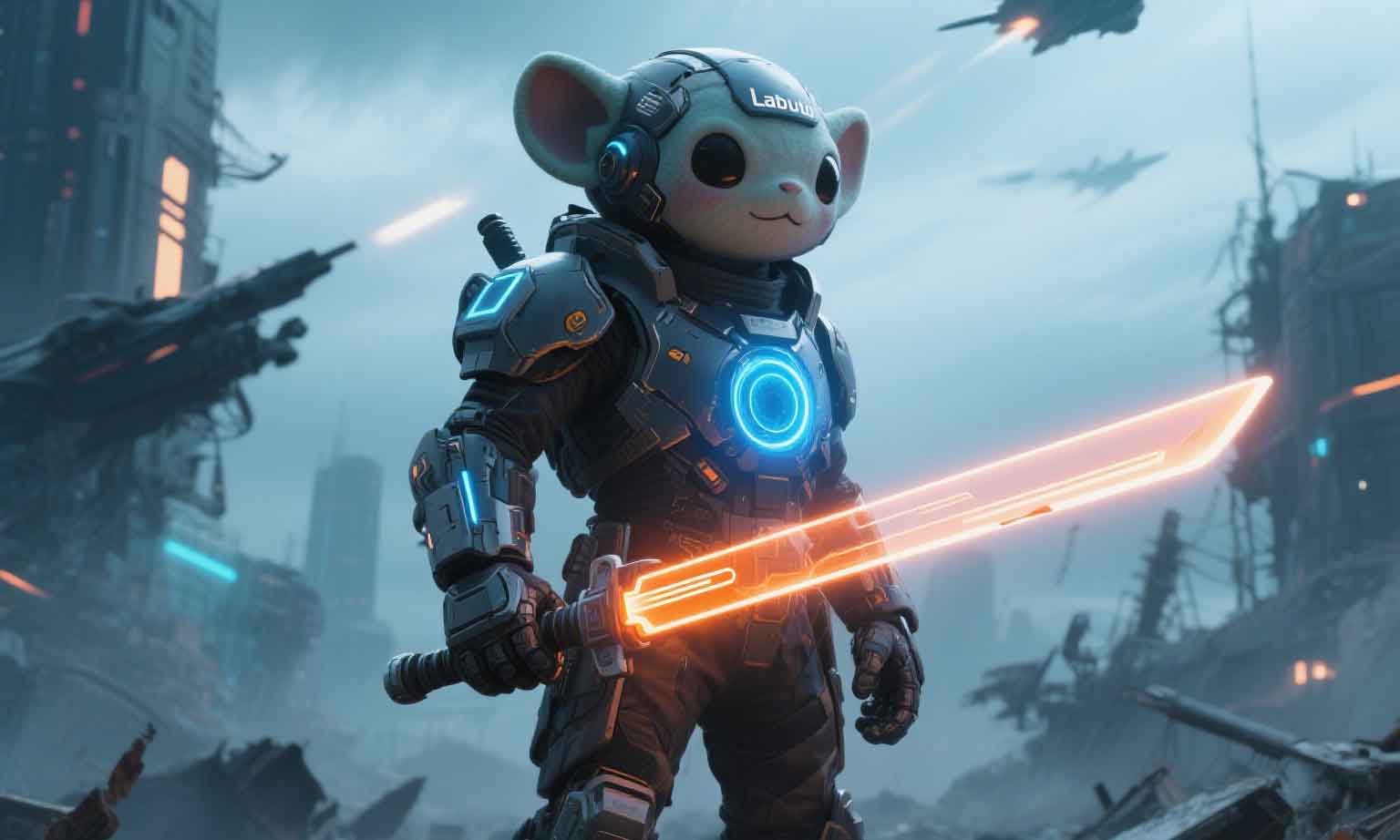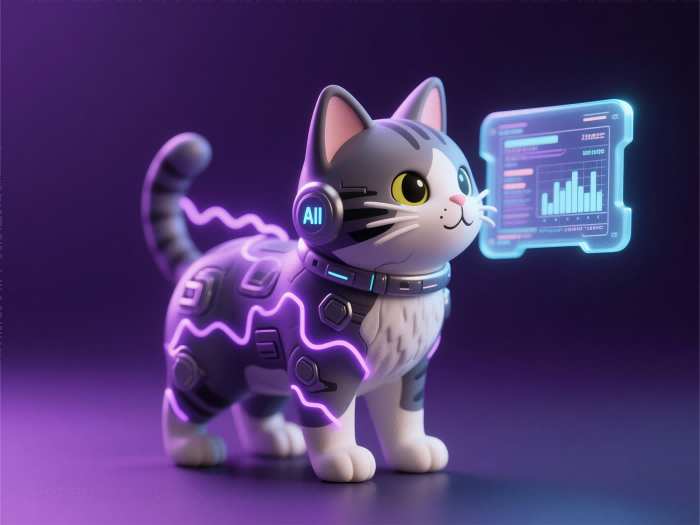AI Toys: Unveiling a New Experience of Learning through Play
In the era of rapid development of artificial intelligence technology, the traditional toy industry is undergoing a profound transformation. As a product of the integration of technology and toys, AI toys, with their unique intelligent interaction and educational entertainment functions, have gradually become new companions in children's growth, bringing unprecedented new experiences of learning through play.
The core advantage of AI toys lies in their powerful intelligent interaction capabilities. With the help of technologies such as speech recognition and natural language processing, AI toys can have smooth conversations with children. Children can ask toys questions, whether they are curious knowledge about astronomy and geography or whimsical ideas. AI toys can patiently answer them, satisfying children's thirst for knowledge. For example, an intelligent story doll can not only vividly tell various classic fairy tales but also expand the story content according to children's interactive questions, guiding children to think and imagine. This two-way interactive communication makes toys no longer passive playthings but good friends who can "talk" with children, greatly enhancing children's sense of participation and interest.
Educational functions are another highlight of AI toys. Many AI toys are designed with a variety of learning contents according to the cognitive development characteristics of children of different ages. For young children, they help with cognitive enlightenment through fun nursery rhymes, simple number and letter games. For school-age children, AI toys can provide courses such as mathematical thinking training, English word learning, and popular science knowledge, stimulating children's interest in learning in a gamified way and cultivating their autonomous learning ability. Some AI toys for programming education allow children to control the actions and behaviors of toys through simple command operations, enabling them to initially understand programming logic while playing and laying a foundation for future technology learning.
AI toys also play an important role in accompanying children's growth. In modern society, many parents have limited time to accompany their children due to busy work. AI toys can, to a certain extent, fill the gap in children's emotional companionship and become loyal partners in children's daily lives. When children feel lonely or bored, AI toys can chat and play games with them, providing emotional support and comfort. At the same time, some AI toys have emotion recognition functions, which can sense children's emotional changes. When children are unhappy, they will take the initiative to tell jokes or play relaxing music to help children regulate their emotions.
In terms of market development, AI toys are showing a trend of rapid growth. With the continuous increase in consumers' demand for children's education and entertainment, as well as the gradual reduction in the cost of artificial intelligence technology, more and more families are willing to pay for AI toys. Major toy manufacturers have also increased their R & D investment, launching various AI toy products, and the market competition is becoming increasingly fierce. At the same time, the sales channels for AI toys are becoming more diversified. In addition to traditional offline toy stores and shopping malls, e-commerce platforms have become important sales channels, making it convenient for consumers to purchase.
However, AI toys also face some challenges in the development process. On the one hand, data security and privacy protection issues cannot be ignored. During the interaction with children, AI toys may collect children's voice, behavior, and other data. If these data are leaked or misused, it will pose a threat to children's safety and privacy. On the other hand, how to ensure that the content provided by AI toys is healthy and beneficial and avoid the spread of harmful information also requires attention. In addition, the high price of some AI toys limits their popularity among a wider range of consumers.
Looking to the future, with the continuous advancement of technology, AI toys will become more intelligent and personalized. They may combine with virtual reality, augmented reality, and other technologies to bring children a more immersive play experience. Through deep learning, they can better understand each child's interests and learning progress and provide more precise personalized educational content. Strengthening industry norms and supervision to solve problems such as data security and content health will also be the key to the sustainable and healthy development of AI toys. AI toys are expected to become an indispensable part of children's growth, adding more fun and wisdom to children's childhood.













